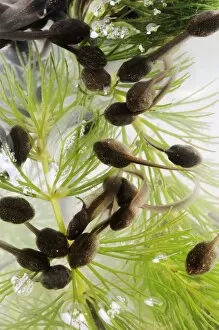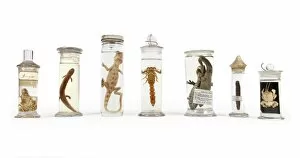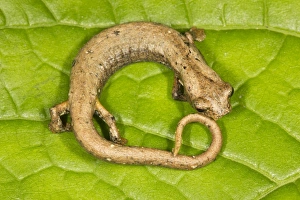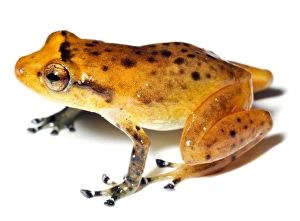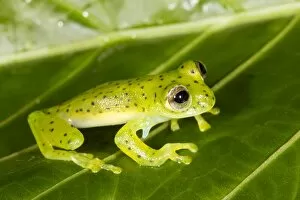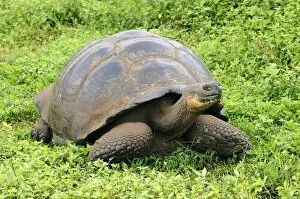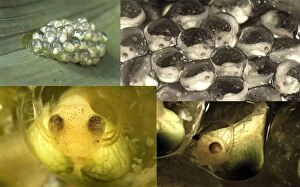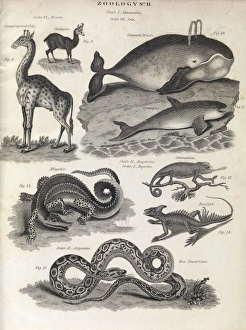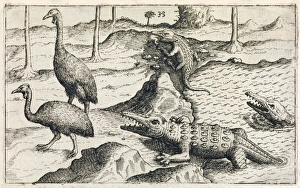Herpetology Collection (page 17)
Exploring the Fascinating World of Herpetology: From the intricate internal organs of a snake to the graceful flight of Ptychozoon kohli
All Professionally Made to Order for Quick Shipping
Exploring the Fascinating World of Herpetology: From the intricate internal organs of a snake to the graceful flight of Ptychozoon kohli, this captivating field never ceases to amaze. Delve into the enchanting realm with an artwork showcasing the mystical Axolotl or witness the majestic Chinese water dragon in its natural habitat. Marvel at the Namaqua chameleon's lightning-fast prey capture or be mesmerized by green turtles engaging in their ancient mating rituals. Discover Albertus Seba's meticulous snake skeleton illustration and delve into a vintage reptile collection from 1910, created by an unknown artist. Witness nature's raw power as a wandering spider devours a frog, while marveling at more stunning snakes depicted by Seba himself. Get up close and personal with a young newt through SEM imaging and admire the vibrant beauty of a red-eyed tree frog. Join us on this journey through herpetology, where every creature holds secrets waiting to be unveiled.


